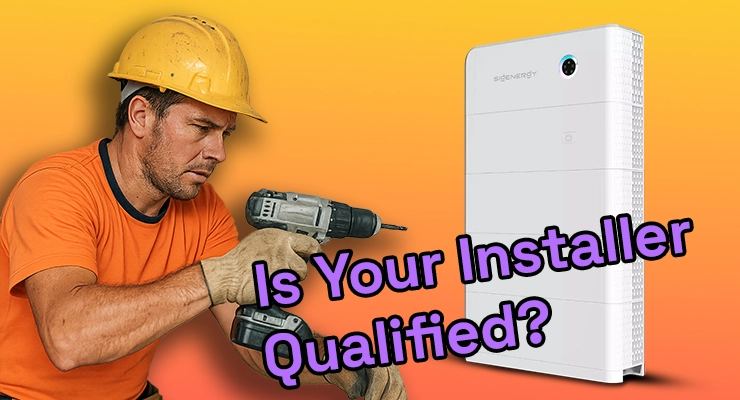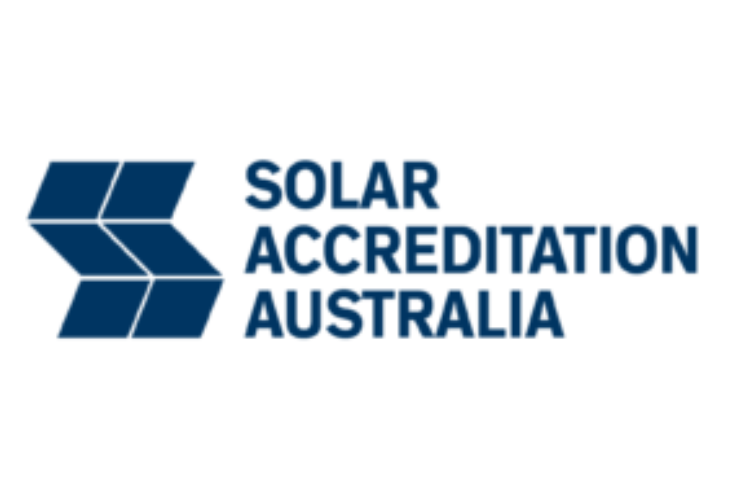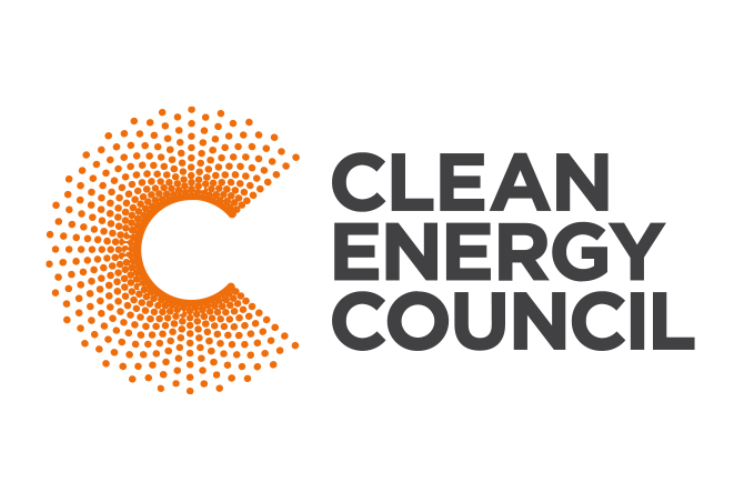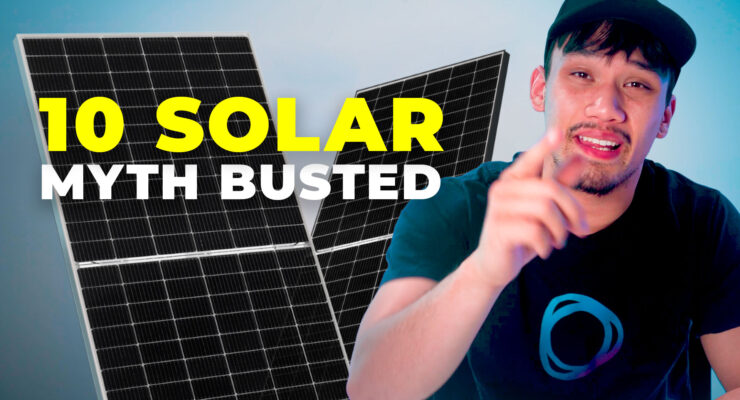Fast read
Ensuring your solar battery installer complies with Australian standards involves verifying their accreditation, checking the products they use, and asking detailed questions about the installation process. In Australia, installers must be accredited by Solar Accreditation Australia (SAA) and use equipment on the Clean Energy Council's (CEC) approved product list to be eligible for federal rebates. Key standards to be aware of include AS/NZS 5139 for battery safety and AS/NZS 5033 for PV arrays, which dictate everything from where a battery can be located to how cables are run.
How do I ensure my solar battery installer complies with Australian standards?
Investing in a home battery is a significant step towards energy independence, but it’s a decision that carries critical safety and performance implications. A compliant installation is not just about ticking boxes; it’s about ensuring the long-term safety of your home, the reliability of your power supply, and the validity of your warranties. Navigating the web of regulations can feel overwhelming, but a few key checks can empower you to make a confident and safe choice.
Understanding the key roles and standards
In Australia, the solar and battery storage industry is regulated to protect consumers. The two main standards governing your installation are:
- AS/NZS 5139: This is the primary safety standard for battery storage systems. It covers everything from where a battery can be installed (e.g., not in habitable rooms like bedrooms or living areas), ventilation requirements, and the need for fire-resistant barriers in certain situations.
- AS/NZS 5033: This standard covers the installation and safety requirements for the solar panels (PV arrays) that charge your battery.
Beyond the standards, several organisations play a crucial role:
- Solar Accreditation Australia (SAA): As of May 29, 2024, SAA is the national body responsible for accrediting solar and battery installers. To be eligible for federal government rebates like Small-scale Technology Certificates (STCs), your system must be installed by an SAA-accredited professional.
- Clean Energy Council (CEC): Following an appointment by the Clean Energy Regulator (CER), the CEC maintains the critical lists of approved products, including inverters, panels, and batteries. Using products from these approved lists is a requirement for STC eligibility.
- New Energy Tech Consumer Code (NETCC): This is a voluntary code of conduct for solar retailers, offering higher consumer protection standards. Choosing a NETCC-approved seller provides an extra layer of assurance.
Verifying your installer’s credentials
Before you even look at a quote, your first step is to verify that the person designing and installing your system is qualified. Here’s how:
- Ask for their SAA accreditation number: A legitimate, accredited installer will readily provide this. It’s a red flag if they are hesitant.
- Check the SAA database: You can use the “Accreditation Status Check” tool on the SAA website to verify that their accreditation is current and that they hold the specific endorsement for battery storage systems.
- Confirm their electrical licence: The installer must be a licensed electrician in your state or territory. This is a non-negotiable legal and safety requirement.
Questions to ask your installer before signing a contract
A professional and compliant installer will welcome your questions. Use these to gauge their expertise and commitment to standards.
- “Which specific standards will my installation comply with?” They should immediately mention AS/NZS 5139 and AS/NZS 5033.
- “Can you show me the proposed location for the battery and explain why it complies with AS/NZS 5139?” This demonstrates their understanding of safety rules regarding placement away from windows, exits, and habitable rooms.
- “Are all the components (battery, inverter, panels) on the CEC-approved product list?” You can and should verify this yourself on the CEC website. This is essential for quality, safety, and rebate eligibility.
- “Will you provide a Certificate of Electrical Safety/Compliance upon completion?” This document is your proof that the installation meets all relevant standards and has been safely commissioned.
- “What is your process for handling permits and grid connection approval?” A professional installer will manage all the necessary paperwork with your local council and Distribution Network Service Provider (DNSP).
- “What brand of battery do you recommend and why?” Their reasoning can reveal their expertise. For example, they might recommend a Sungrow battery for its seamless integration with their popular hybrid inverters or a Tesla Powerwall for its established high capacity and VPP integration capabilities.
What to look for on installation day and after
A compliant installation has several visual and procedural hallmarks. To be eligible for STCs under the Small-scale Renewable Energy Scheme (SRES), the accredited installer must be on-site to either perform the installation or supervise the work. SAA’s requirements for supervision specify attendance during job set-up, a mid-installation check-up, and the final testing and commissioning.
- Proper labelling: All components should be clearly labelled, including warnings and shutdown procedures. This is crucial for maintenance and for emergency services.
- Neat and secure wiring: All cabling should be properly secured and protected from physical damage and weather. Messy or exposed wiring is a sign of a rushed or unprofessional job.
- Fire-rated backing: If the battery is installed on a combustible surface like weatherboard, a non-combustible barrier (like cement sheeting) must be installed between the battery and the wall.
- Thorough handover: The installer shouldn’t leave until they have walked you through the system’s operation, including how to use any monitoring apps and what the shutdown procedure is in an emergency.
After the work is done, you should receive a comprehensive documentation pack. This should include the system manual, warranties for all components, the Certificate of Electrical Safety, and the signed statement of compliance for the STC rebate.
Common pitfalls to avoid
- “Too good to be true” prices: Extremely cheap quotes often mean non-compliant products, rushed installations, and no after-sales support.
- High-pressure sales tactics: Be wary of salespeople who push for an immediate decision. Take your time to do your research.
- Assuming a retailer’s accreditation covers the installer: The business you buy from (the retailer) may be different from the individual who does the installation. Always verify the individual installer’s SAA accreditation.
By taking these steps, you can move beyond the sales pitch and ensure your investment in battery storage is safe, reliable, and fully compliant with the Australian standards designed to protect you.
If you feel overwhelmed by the process, Your Energy Answers offers a free service to connect you with vetted, accredited local installers, giving you peace of mind from the start.





